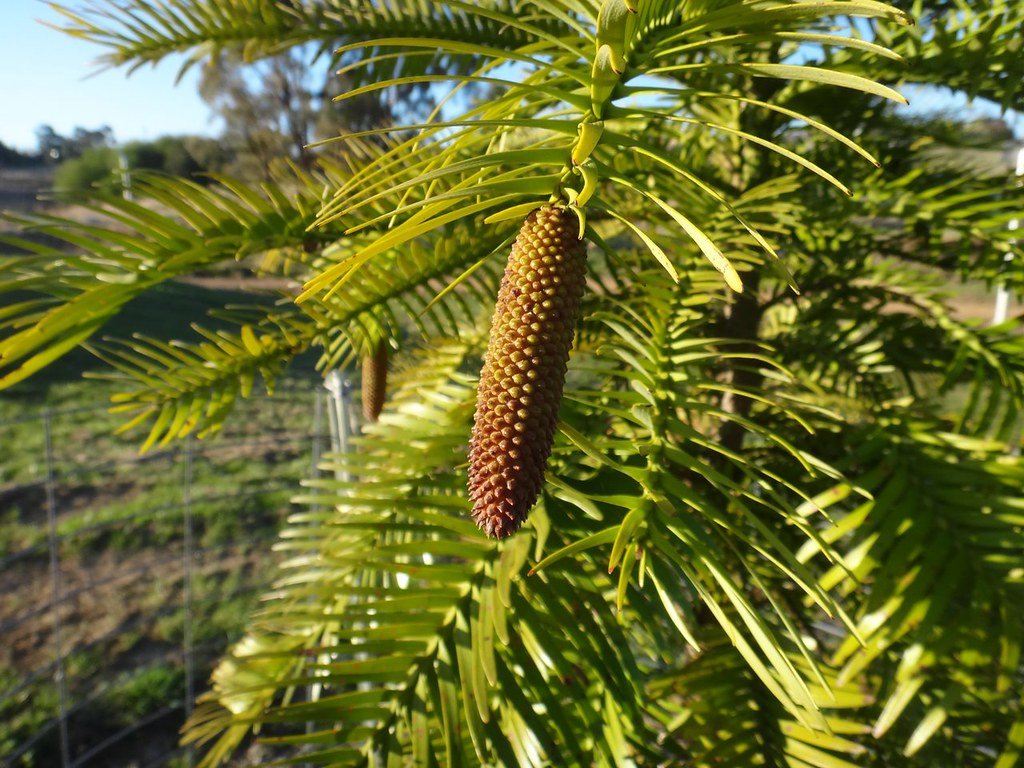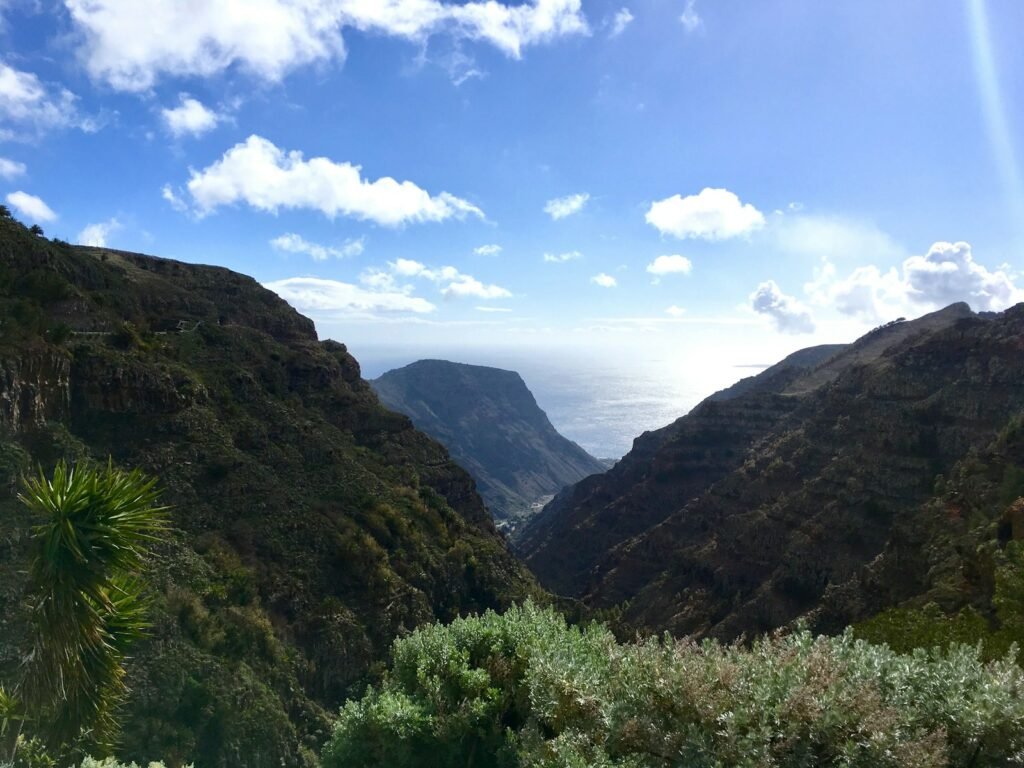Imagine standing in the silent presence of a living being that has witnessed the rise and fall of empires, the birth of modern civilization, and the changing face of our planet for thousands—sometimes tens of thousands—of years. These extraordinary witnesses are the world’s most ancient trees. More than just biological marvels, they are silent storytellers, holding secrets of earth’s climate, species, and history within their rings and roots. On Earth Day, it’s impossible not to be awestruck by these leafy elders, whose very existence challenges our sense of time and inspires a deep respect for the natural world.
The Methuselah Pine: Living Since the Dawn of Civilization
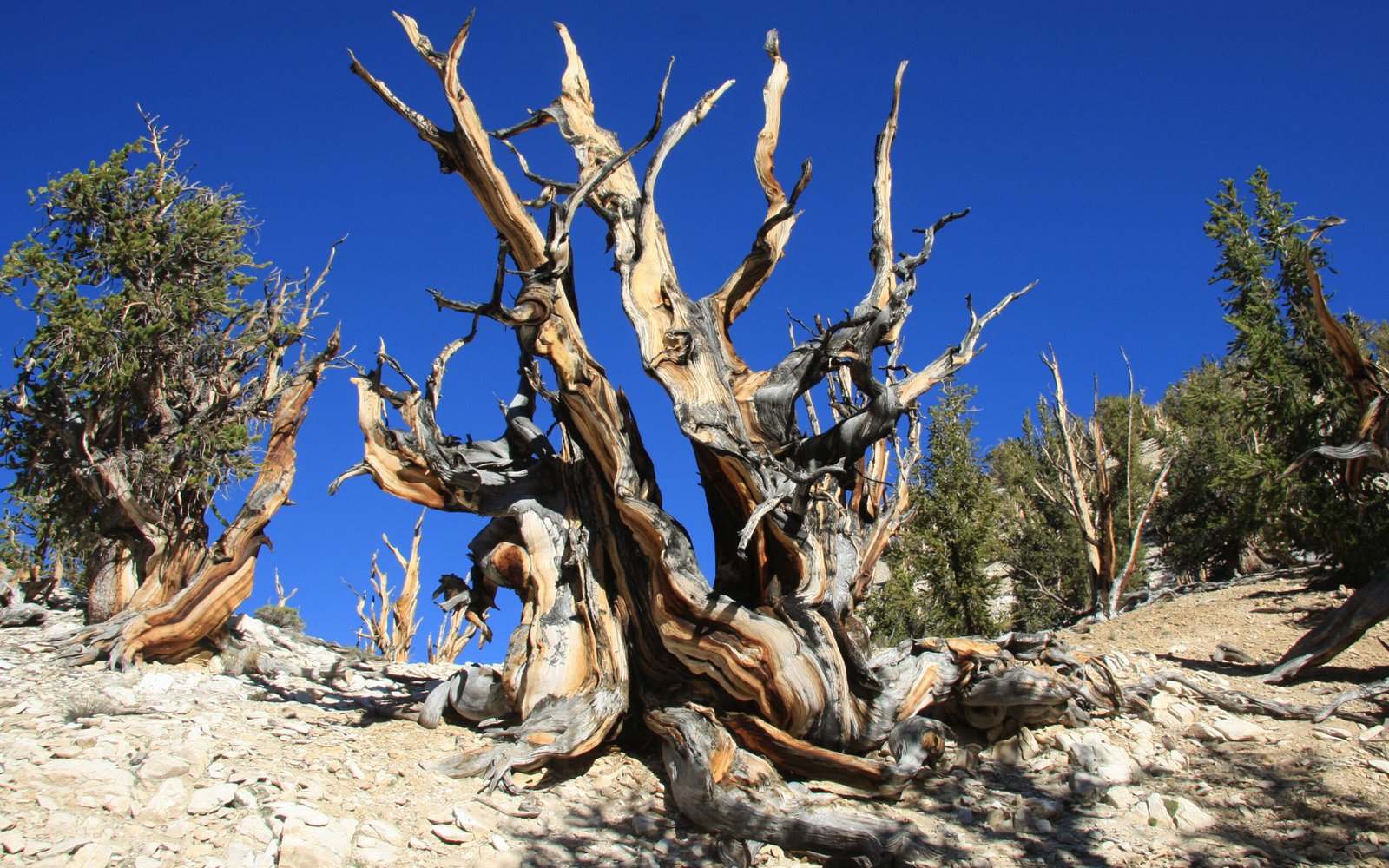
High in California’s White Mountains, a gnarled and weather-beaten bristlecone pine named Methuselah has stood for nearly 4,800 years. This tree was already ancient when the pyramids were built in Egypt. The bristlecone’s twisted trunk and sparse needles are a testament to its survival in harsh, windswept terrain where few other plants dare to grow. Scientists believe its incredible longevity comes from its slow growth and the rugged conditions that discourage disease and pests. With each passing century, Methuselah records subtle changes in its rings, offering scientists clues about climate shifts and environmental changes that go back millennia. The exact location of Methuselah is kept secret to protect it from harm, making it an almost mythical sentinel of time.
Pando: The Trembling Giant That’s Actually a Forest
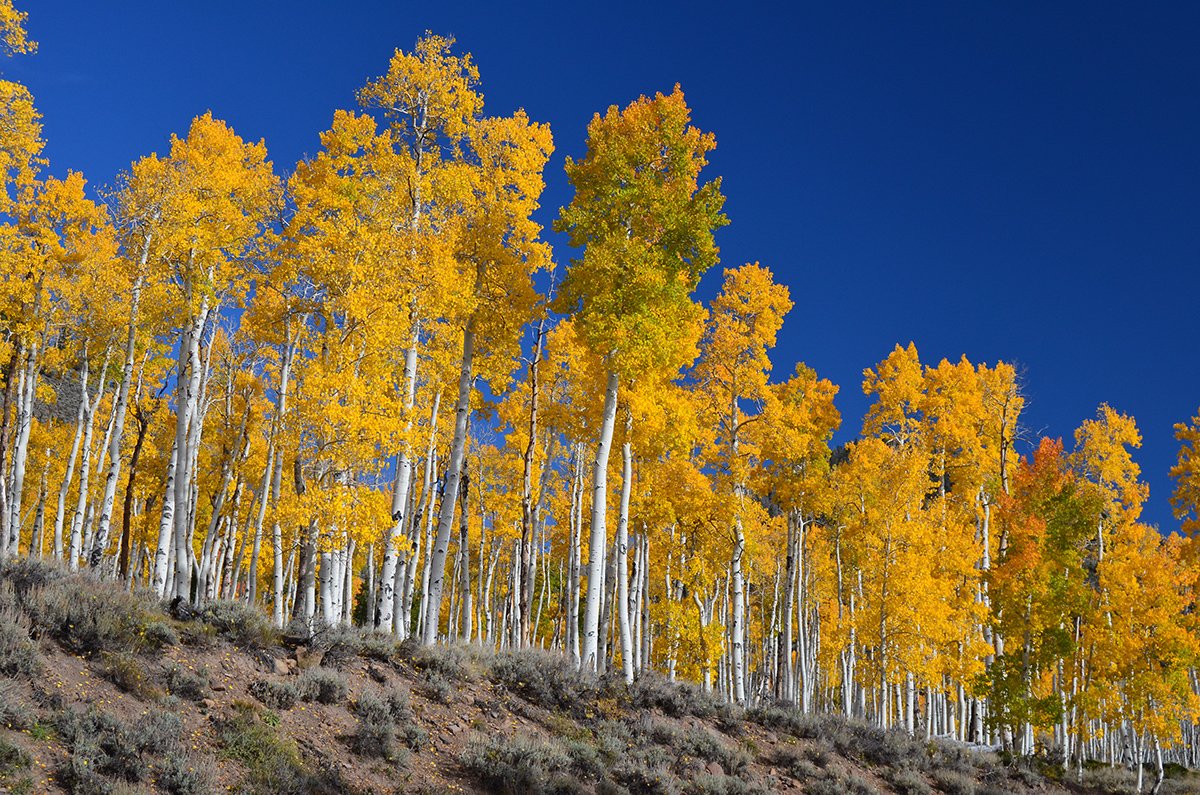
Utah’s Pando appears at first glance to be an ordinary grove of quaking aspens, but this “tree” is actually a single organism—a massive clonal colony connected by an ancient root system. Estimated to be at least 14,000 years old, Pando weighs over 6,000 tons and spans more than 100 acres, making it one of the world’s largest and heaviest living things. Every tree you see in Pando is technically a stem sprouting from the same resilient root network. This remarkable adaptation has allowed Pando to survive fires, droughts, and even ice ages by regenerating itself. Scientists study its genetic makeup and root system to understand how life endures through unimaginable challenges.
The Llangernyw Yew: A Living Link to Prehistory
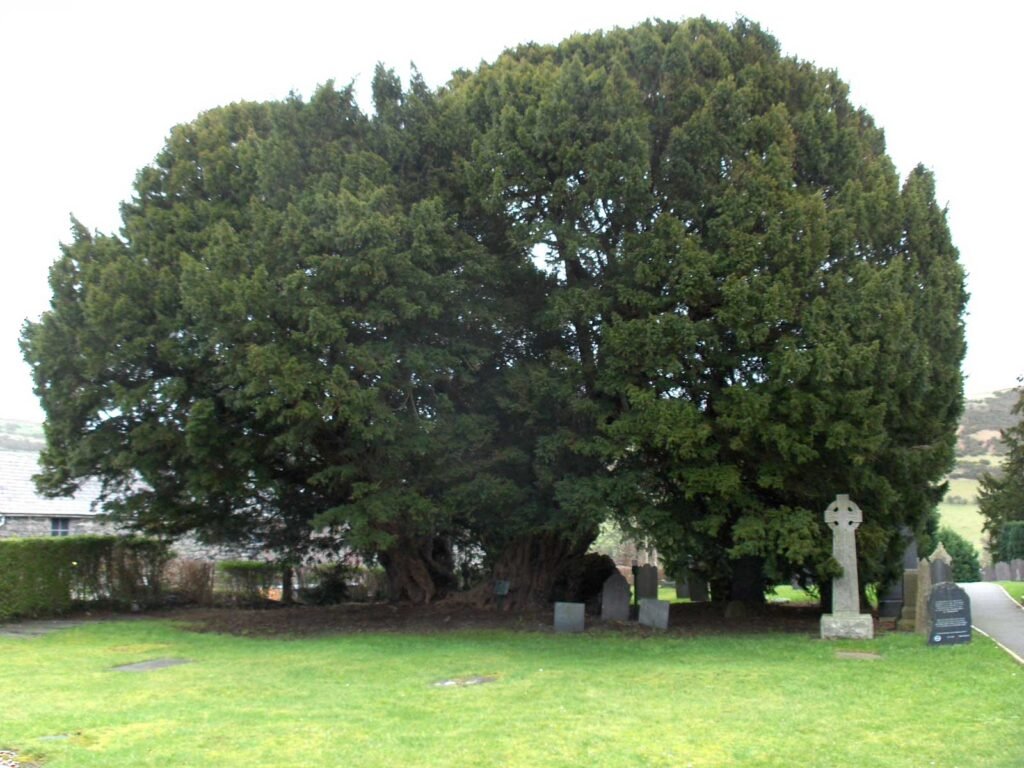
In a quiet churchyard in North Wales stands the Llangernyw Yew, a mysterious tree that may be between 4,000 and 5,000 years old. Its thick trunk is hollowed and split, yet still bursts with new growth each spring. Local legends swirl around the Llangernyw Yew, with some claiming it can communicate with the dead or guard ancient secrets. Botanists treasure it for its resilience, as yews are known to regenerate from almost any damage. The tree’s rings and growth patterns offer insight into local climate, while its continued vitality makes it a symbol of hope and endurance.
Jōmon Sugi: Japan’s Ancient Cedar on Yakushima Island
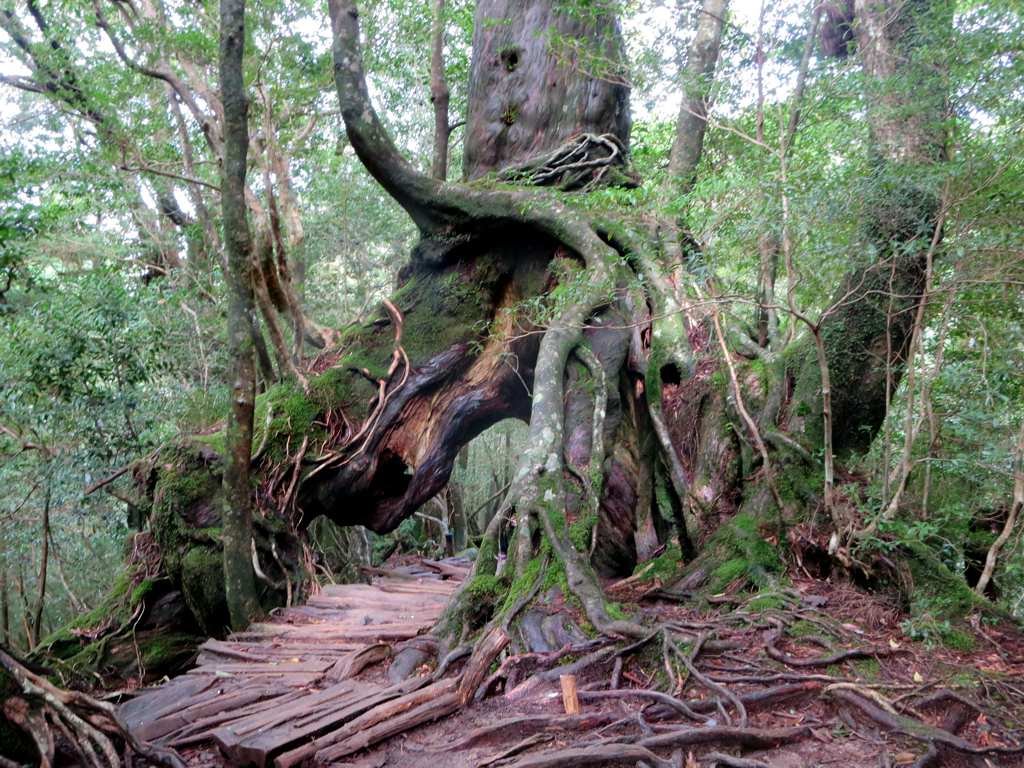
Nestled deep in the misty forests of Yakushima Island, the Jōmon Sugi towers above its companions. This Japanese cedar is estimated to be at least 2,000, possibly up to 7,000 years old. Its massive trunk—over 16 meters in circumference—and rugged bark speak of centuries spent weathering typhoons and relentless rain. Revered as a sacred tree by locals, Jōmon Sugi has become a pilgrimage site for those seeking to connect with Japan’s ancient natural heritage. Scientists study its growth to uncover secrets about the island’s unique ecosystem and its ability to thrive in such a wet, challenging climate.
Old Tjikko: The World’s Oldest Clonal Tree
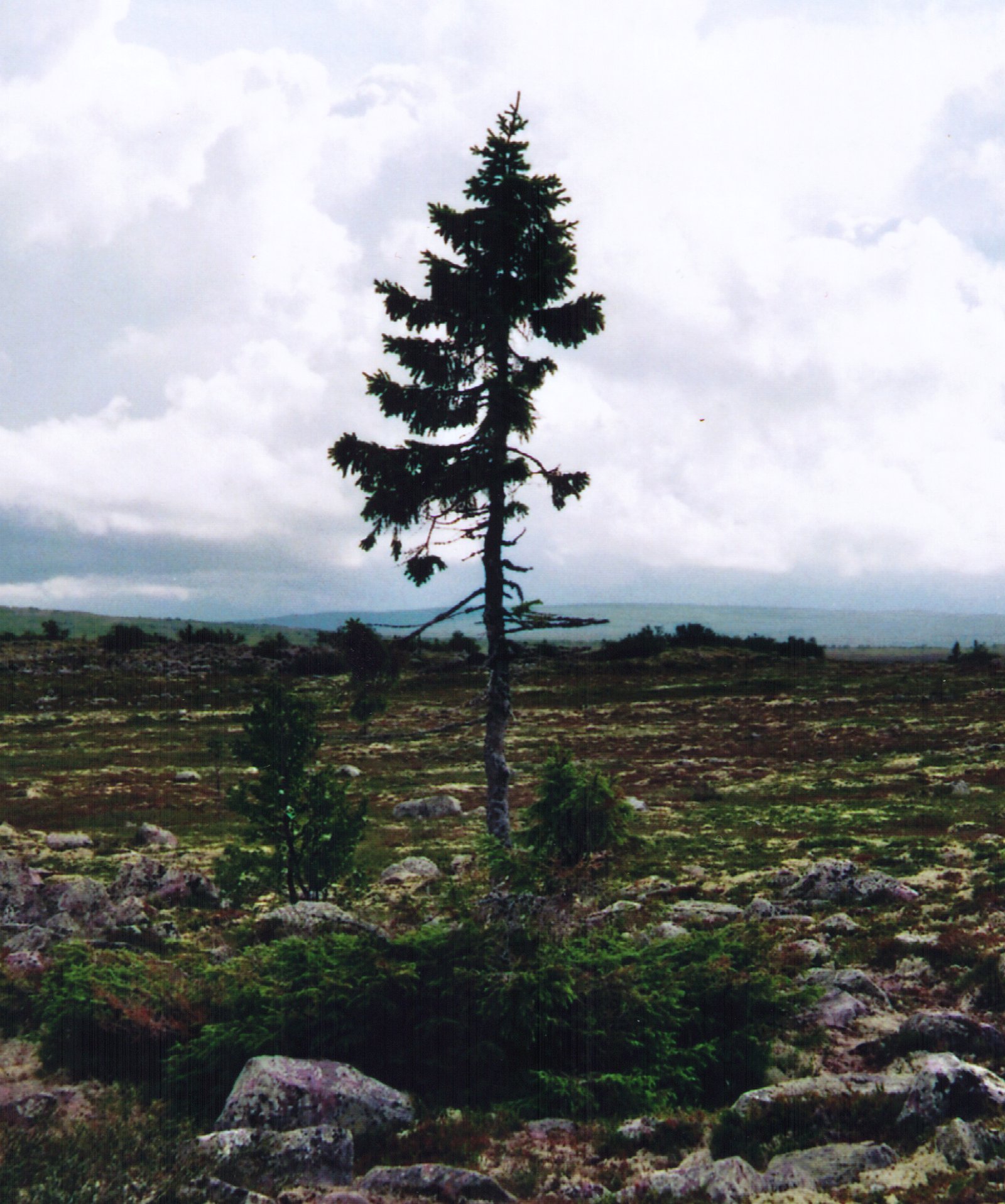
Perched on a windswept Swedish mountaintop, Old Tjikko is a Norway spruce that has been cloning itself for nearly 10,000 years. While the visible trunk is only a few hundred years old, the root system beneath has been alive since the last Ice Age. Old Tjikko’s secret lies in its ability to survive harsh winters and regenerate from the same roots whenever the above-ground portion is damaged or dies. This remarkable resilience offers scientists clues about how trees might adapt to a changing climate, and how life can persist against all odds in unforgiving environments.
The Sarv-e Abarqu: Iran’s Immortal Cypress
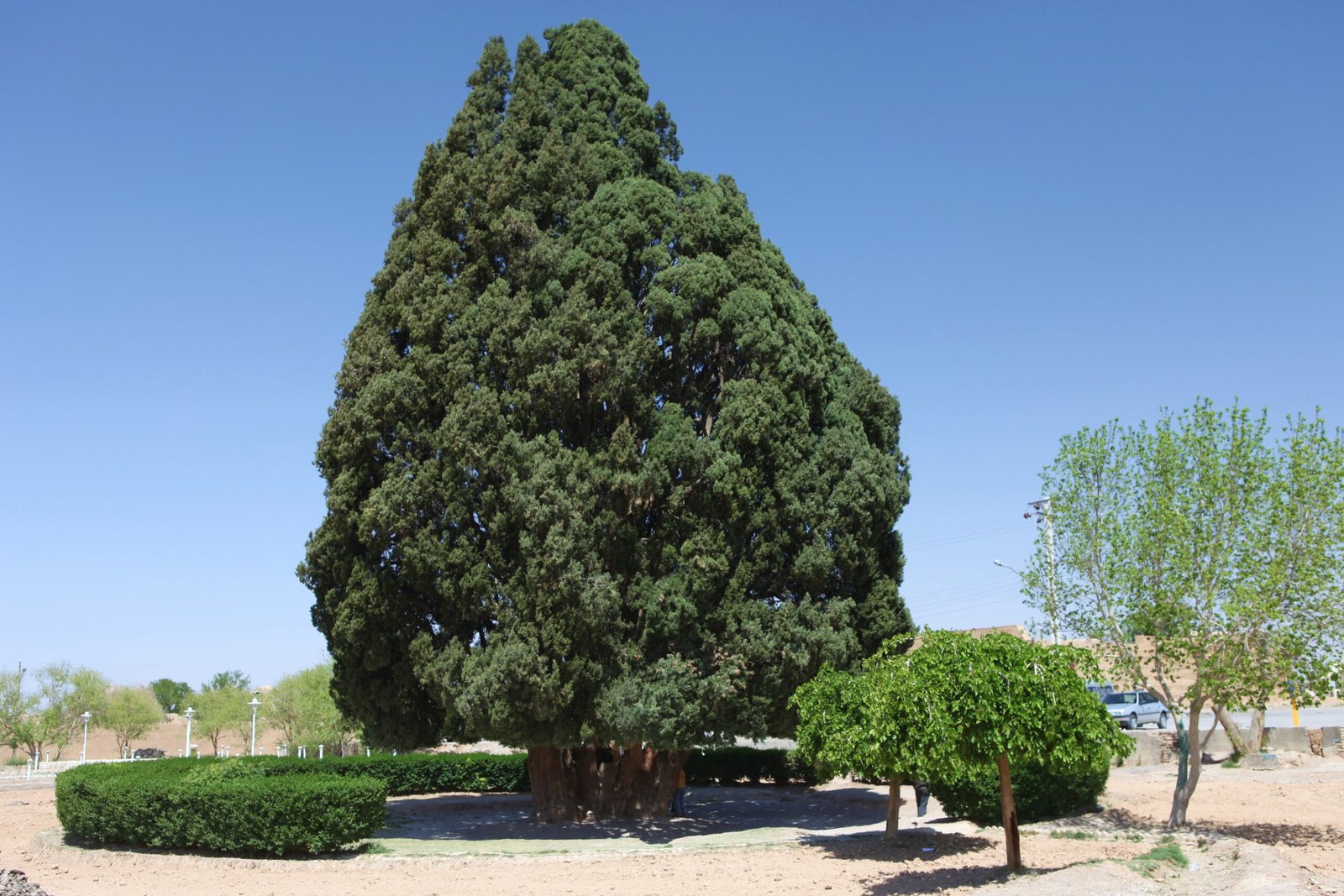
The Sarv-e Abarqu, or Zoroastrian Sarv, is a majestic cypress tree in Iran believed to be over 4,000 years old. Standing tall in the arid Yazd province, it has become a symbol of longevity and endurance for generations of Iranians. Legends say that Zoroaster himself may have planted it, and people come from across the country to marvel at its thick trunk and vibrant foliage. Scientists analyze the tree’s growth patterns to understand how it has survived centuries of drought, conflict, and cultural change. The Sarv-e Abarqu’s deep roots and slow growth are a testament to nature’s ability to withstand even the harshest conditions.
The Olive Tree of Vouves: An Ancient Greek Survivor
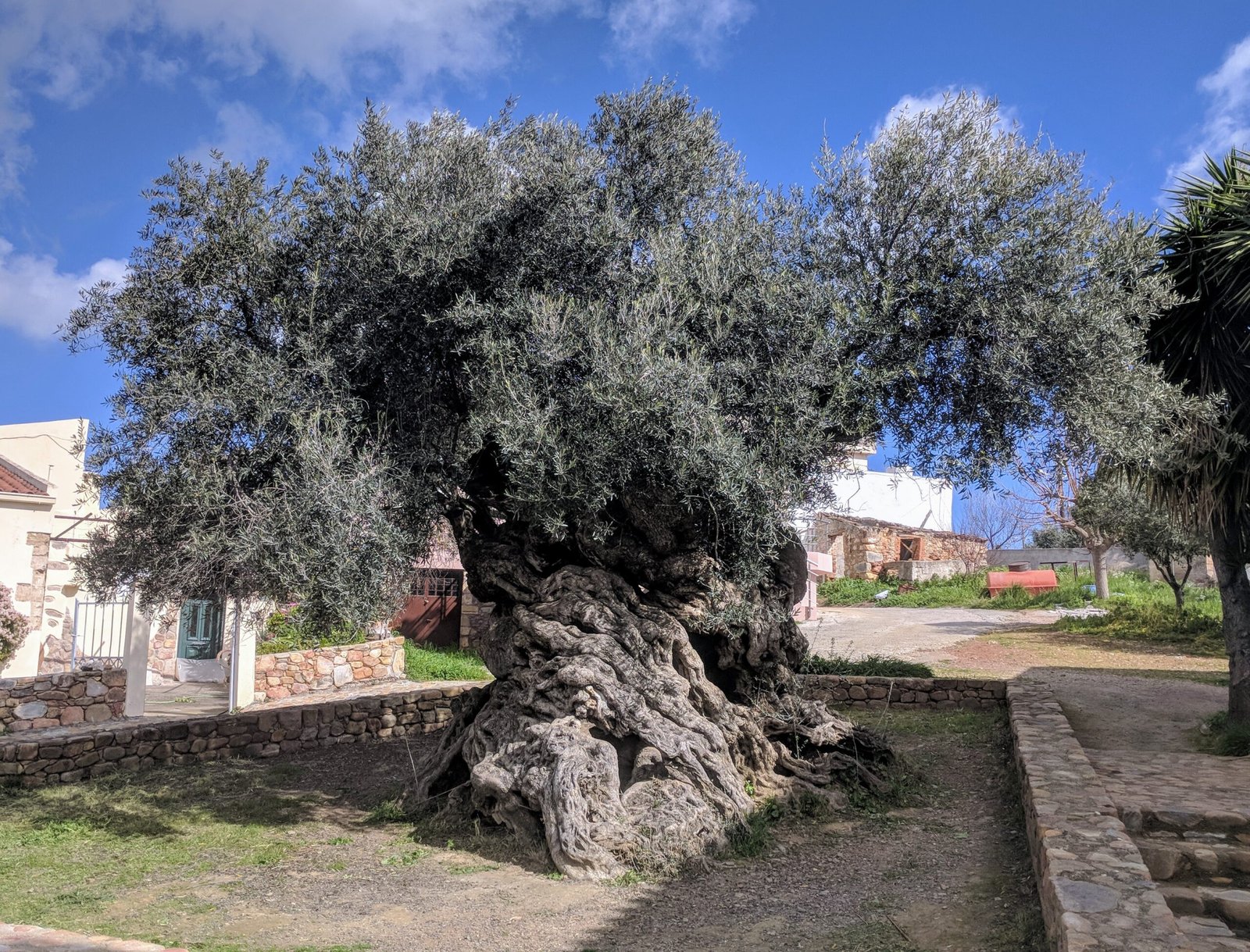
On the sun-baked island of Crete, the Olive Tree of Vouves has been producing olives for at least 2,000, and possibly up to 3,000 years. Its gnarled trunk, twisted like a sculpture, is a living reminder of the island’s long and storied past. Local villagers still harvest olives from its branches, and scientists marvel at its resistance to disease and drought. The tree’s survival is due in part to the olive’s natural hardiness and the careful stewardship of generations of farmers. Each year, the tree’s olives are pressed into oil, connecting the present to the time of ancient Greek myths and legends.
Patagonian Cypress: The Long-Lived Fitzroya of South America
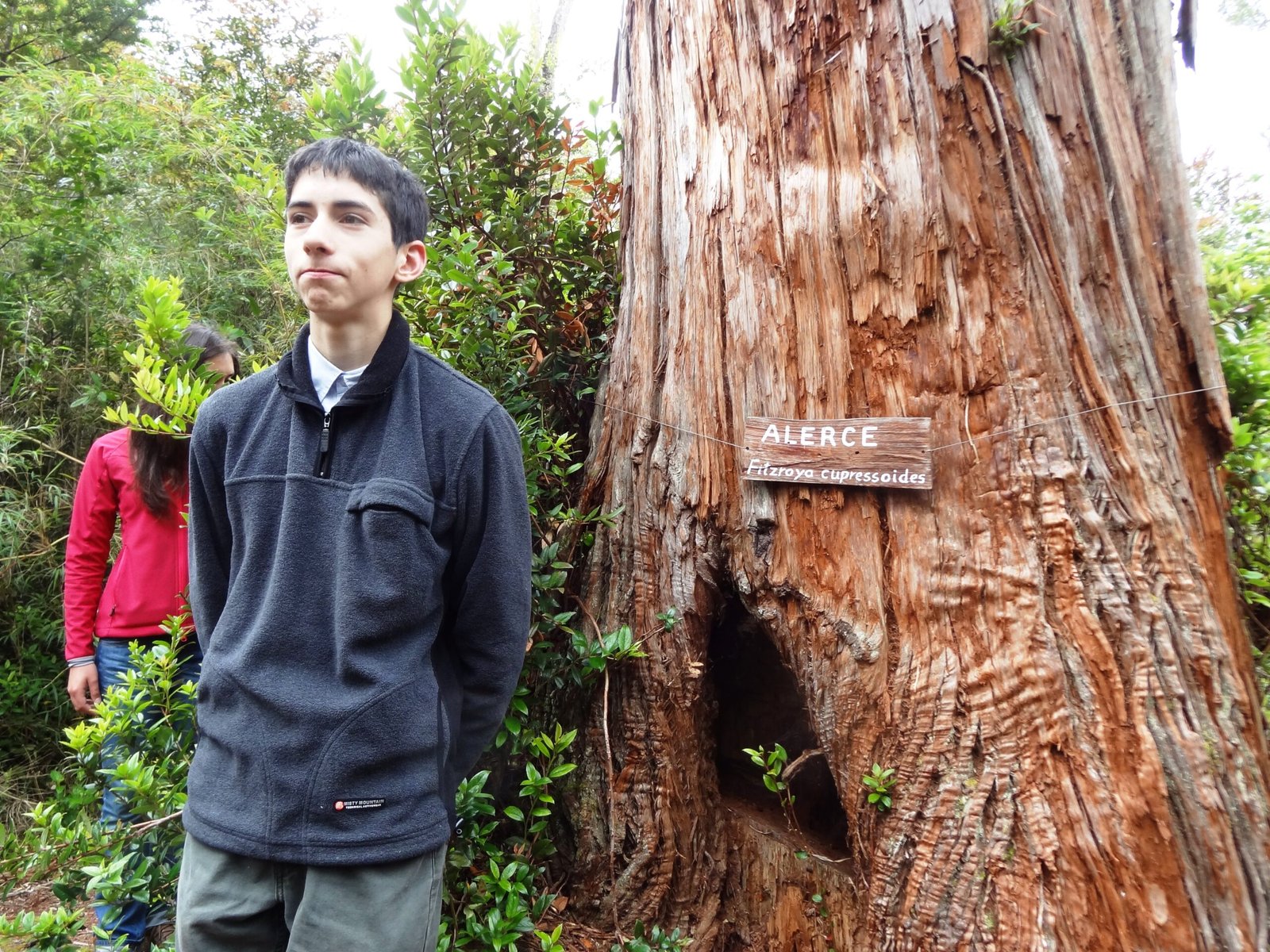
Deep in the rainforests of southern Chile, the Patagonian cypress, or Fitzroya cupressoides, stands as a silent witness to nearly 3,600 years of history. These trees can reach heights of over 60 meters and are often shrouded in mist, their reddish bark peeling in long, fragrant strips. The Fitzroya’s wood was so valuable that it was once used as currency by local peoples, yet some giants have survived logging and fires to this day. Scientists study their growth rings to reconstruct the climate of the southern hemisphere and to understand how these trees have adapted to the moist, temperate rainforest over millennia.
Gran Abuelo: The Ancient Grandfather of the Andes
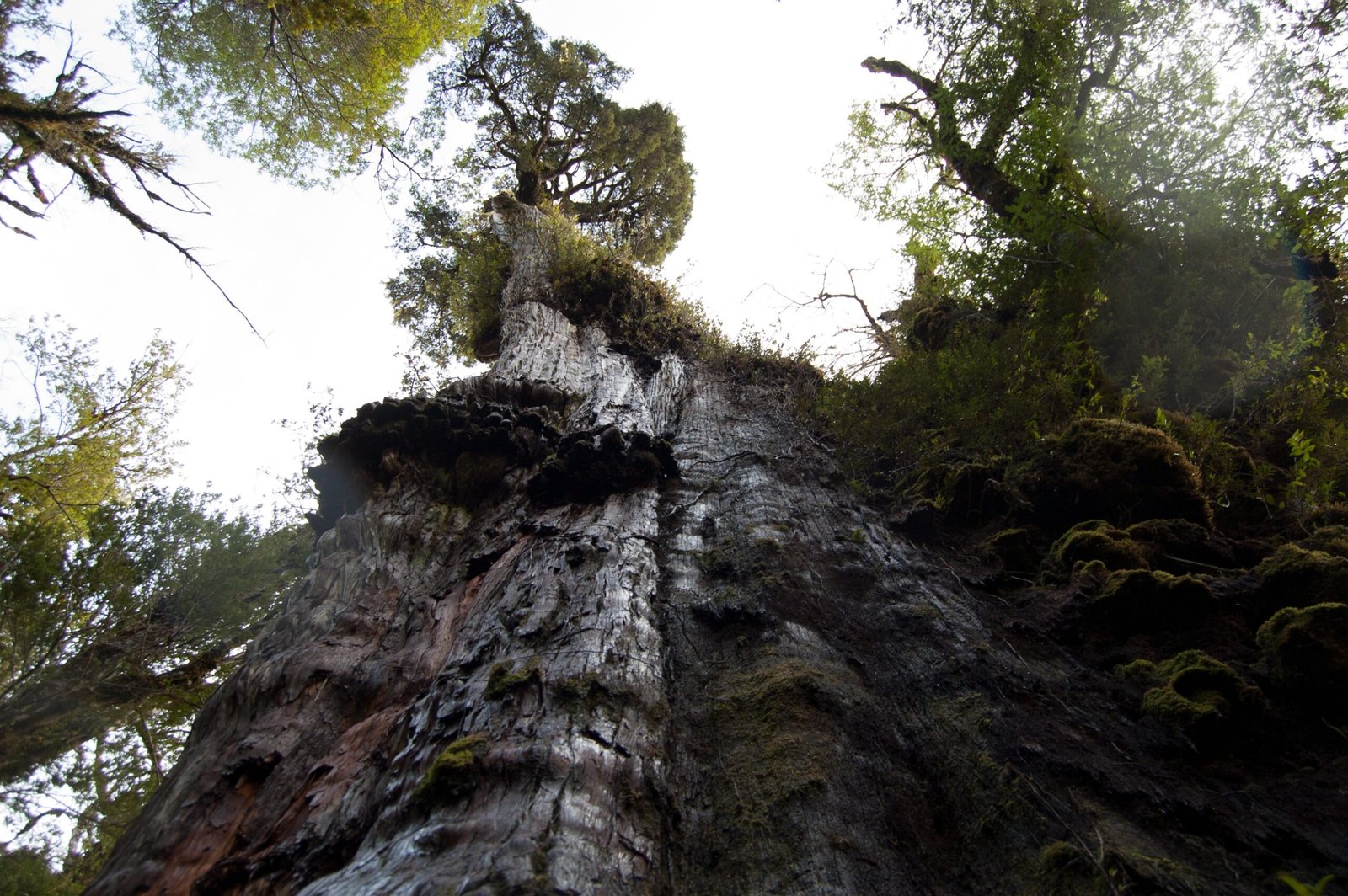
Another Patagonian wonder, the Gran Abuelo—or “Great-Grandfather”—is thought to be over 5,400 years old. Hidden in Chile’s Alerce Costero National Park, this massive Fitzroya tree towers above the forest floor, its base cloaked in moss and ferns. The Gran Abuelo has survived fires, storms, and centuries of human encroachment, making it not only one of the oldest living trees but also a symbol of resistance. Researchers carefully analyze its rings for evidence of volcanic eruptions, droughts, and even ancient earthquakes, unlocking secrets of South America’s past.
The Wollemi Pine: A Living Fossil in Australia
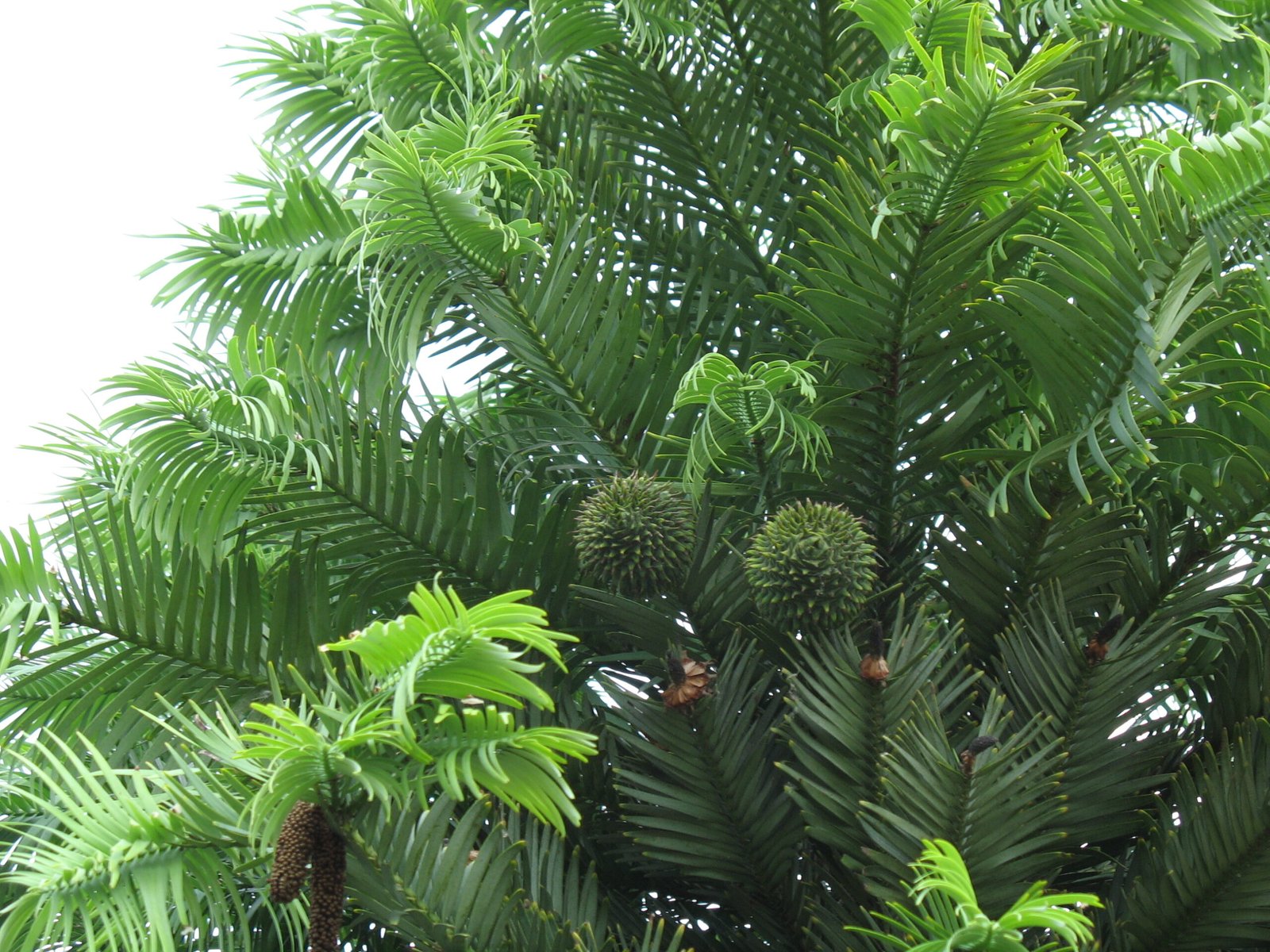
The Wollemi pine was thought to be extinct for millions of years until a small grove was discovered in a remote Australian canyon in 1994. These “living fossils” are direct descendants of trees that grew alongside dinosaurs. Some Wollemi pines in the wild are believed to be up to 1,000 years old, but their genetic lineage stretches back 200 million years. With their knobby bark and unusual, fern-like leaves, Wollemi pines are a living link to the prehistoric world. Conservationists work tirelessly to protect them from disease and climate change, hoping to preserve this ancient legacy for future generations.
Tree Rings: Nature’s Time Capsules
Ancient trees hold more than just beauty—they are time capsules that record centuries of environmental change in their rings. Each year, a tree adds a new layer of growth, which can be read like the pages of a history book. Light and dark bands reveal wet and dry years, volcanic eruptions, and even evidence of wildfires or insect outbreaks. Scientists use a method called dendrochronology to analyze these rings and reconstruct past climates, helping us predict future changes. By studying the oldest trees, we gain insight into how forests respond to long-term shifts and how we might better protect them.
Resilience in the Face of Change
What unites these ancient trees is not just their age, but their ability to adapt to adversity. Whether facing drought, fire, disease, or human activity, these trees have survived through resilience and remarkable genetic strategies. Some regenerate from the same roots, while others grow slowly and conserve energy. Their stories remind us that adaptation is key to survival, and that even the oldest beings on earth must continually adjust to a changing world. The persistence of these trees offers a hopeful lesson for humanity as we grapple with our own environmental challenges.
Why Ancient Trees Matter More Than Ever
The world’s oldest trees are more than natural wonders—they are vital to our planet’s health. Their massive root systems stabilize soil, prevent erosion, and support entire ecosystems. Many rare species of plants, animals, and fungi depend on ancient trees for shelter and sustenance. Their ability to store carbon helps combat climate change, making them indispensable in the fight to protect our environment. As we celebrate Earth Day, these ancient giants remind us of the delicate balance between progress and preservation, and the urgent need to cherish our natural heritage.
The awe-inspiring longevity and resilience of earth’s most ancient trees offer us both wisdom and warning. Their silent presence urges us to look beyond our short lifespans and to honor the deep, interconnected history we share with all life on earth. How will you help ensure these living legends continue to stand tall for generations to come?

